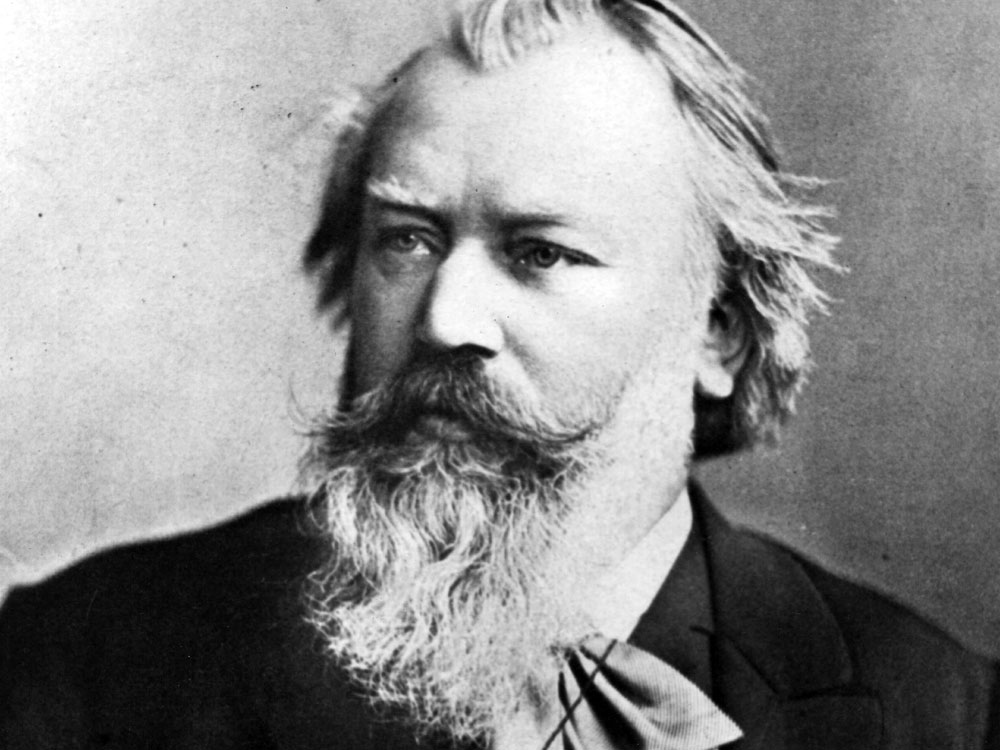New Electronic Sound Worlds
Violinist Anne Akiko Meyers will join the Richmond Symphony in March to perform a brand new violin concerto by Mason Bates. Born in 1977, Bates, who happens to be a Richmond native, is currently composer in residence with the Chicago Symphony. The Violin Concerto, written for Meyers, was recently premiered by the Pittsburgh Symphony. Learn more about the concerto here and here. One of the most interesting aspects of Bates’s music is the way …




